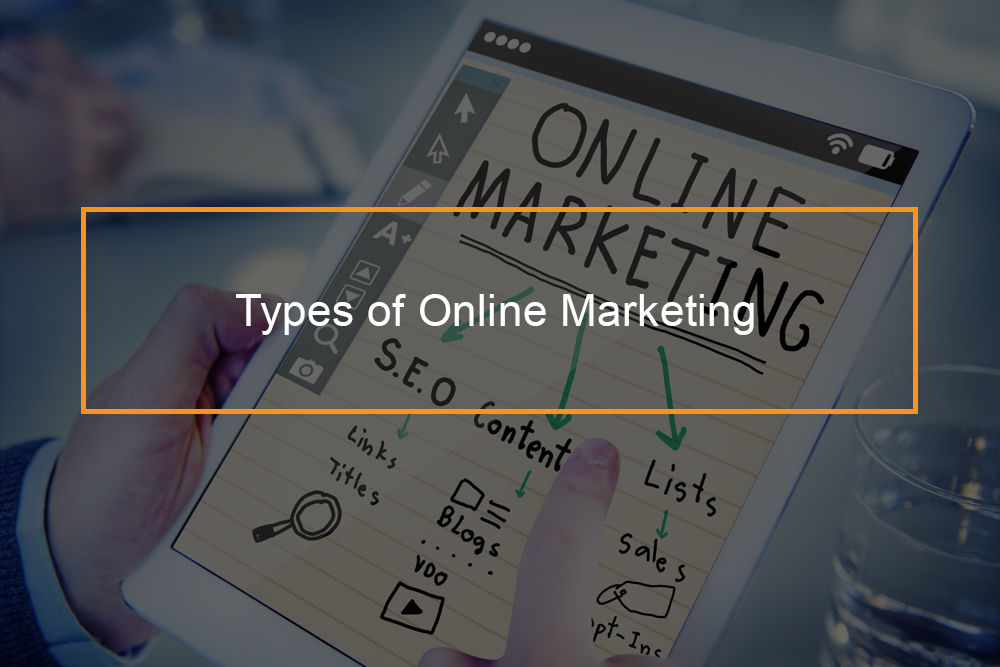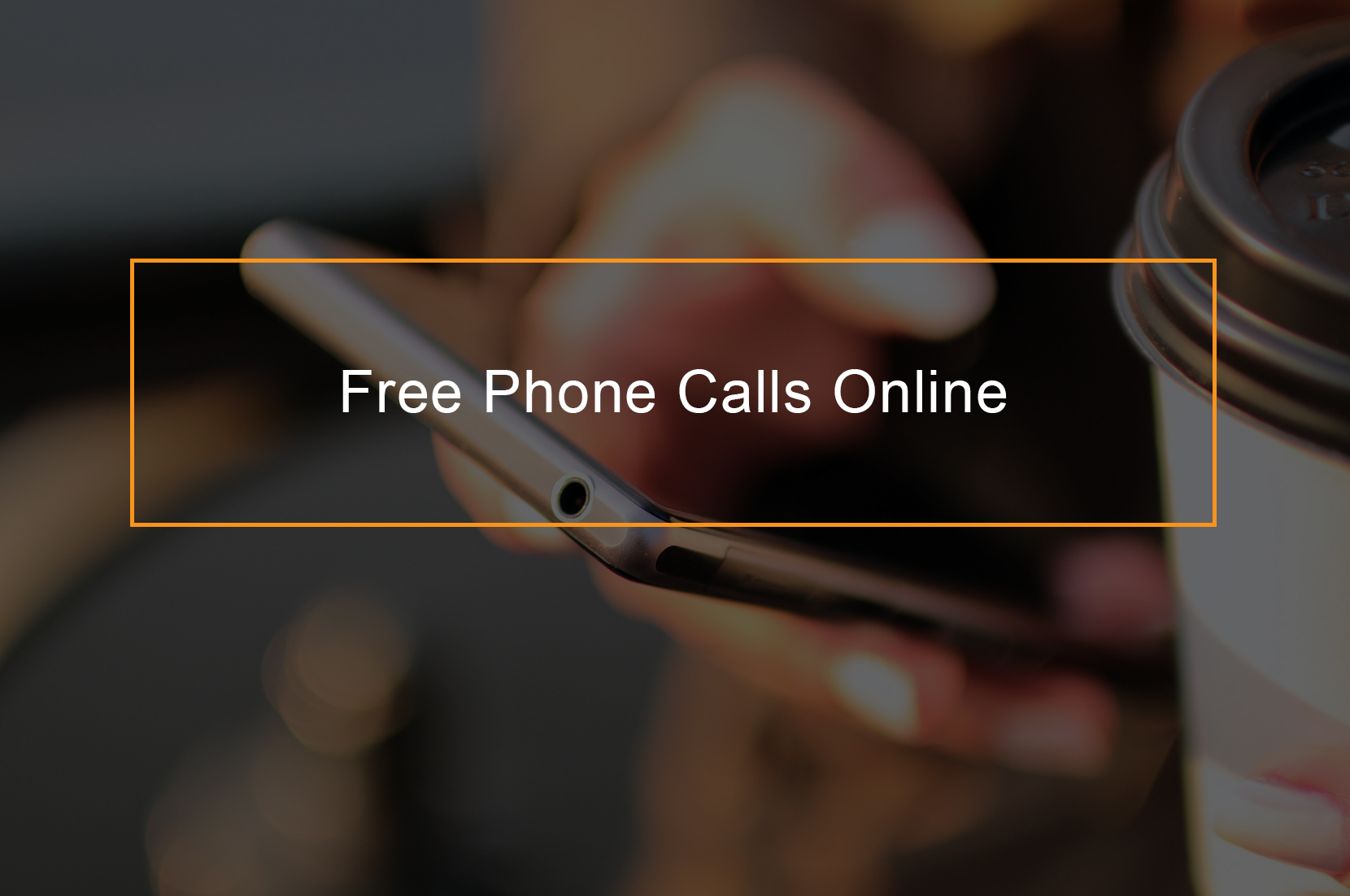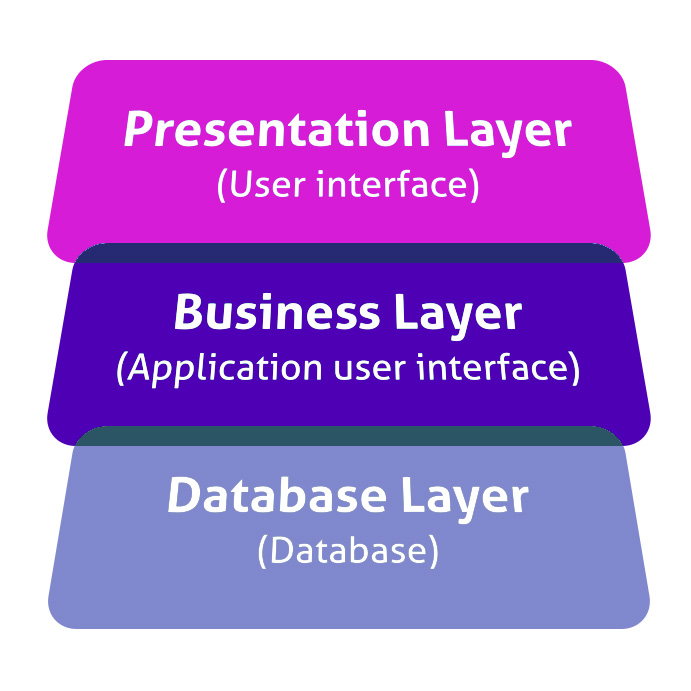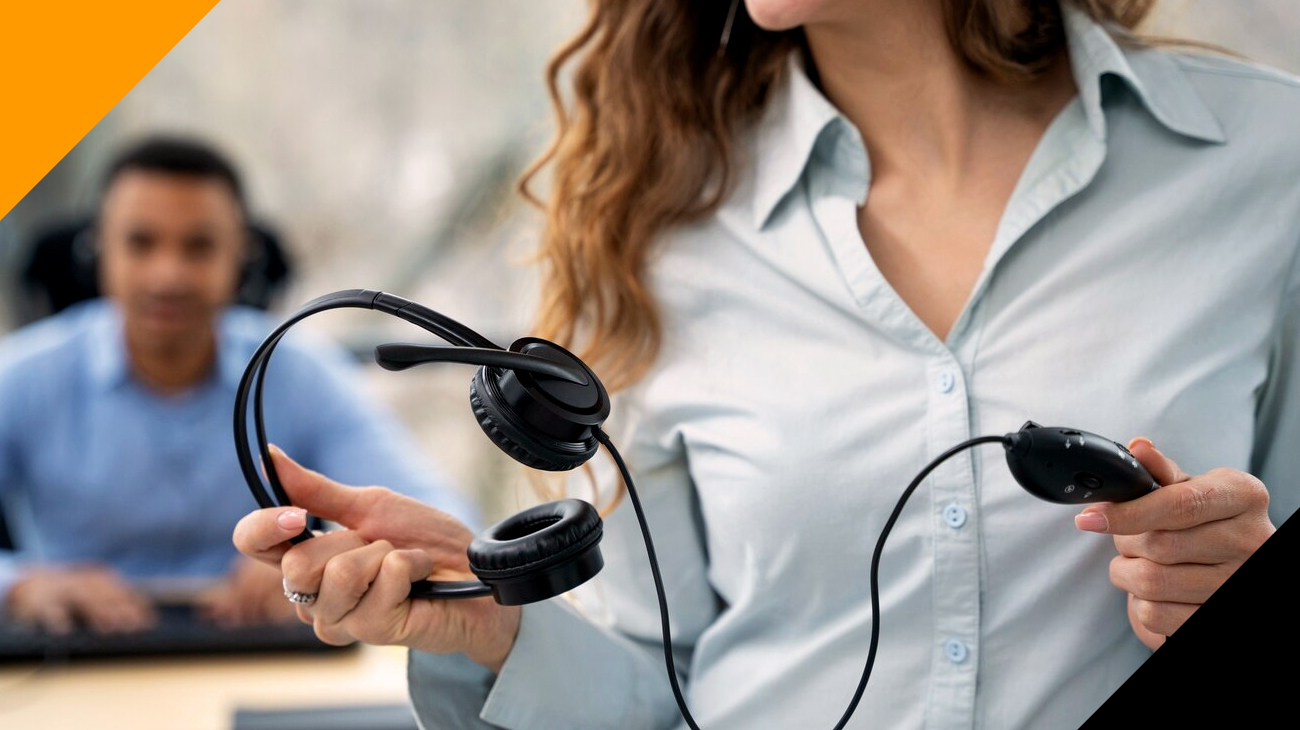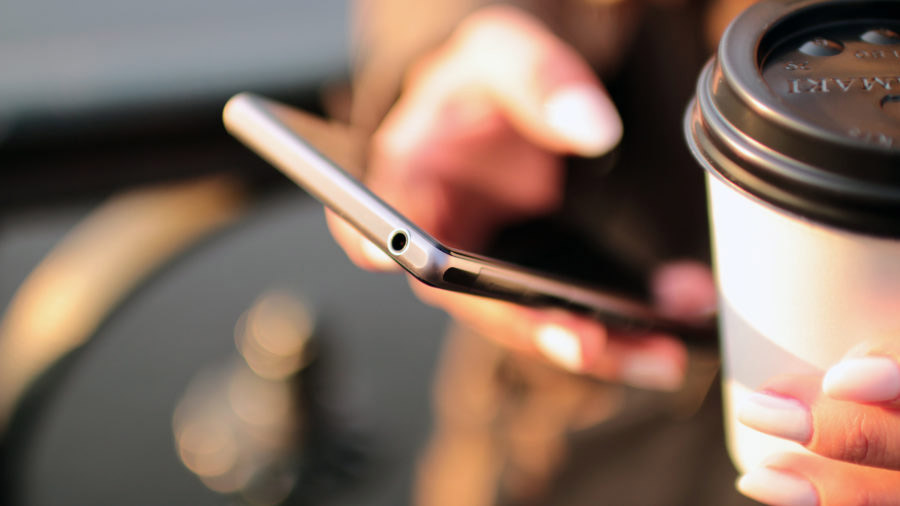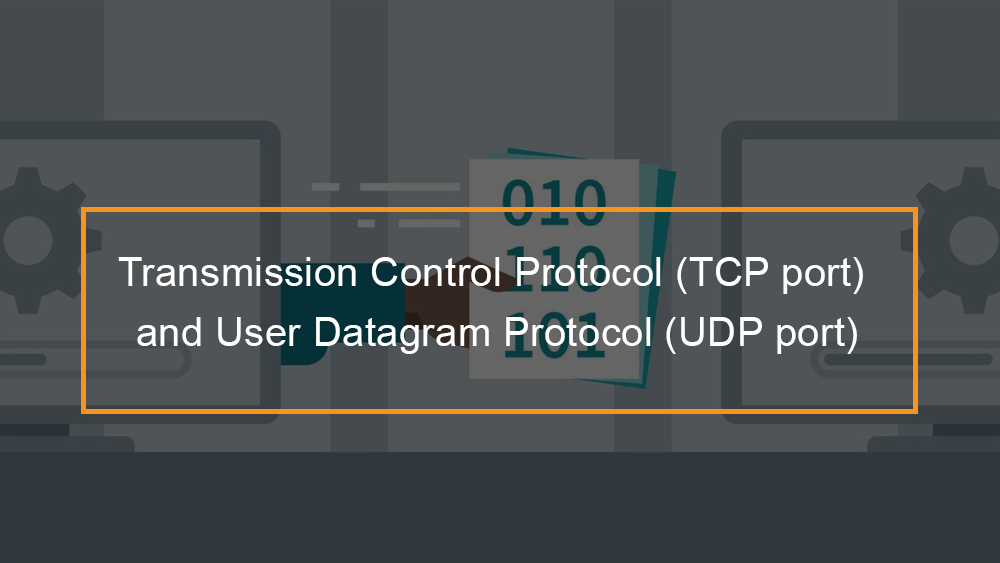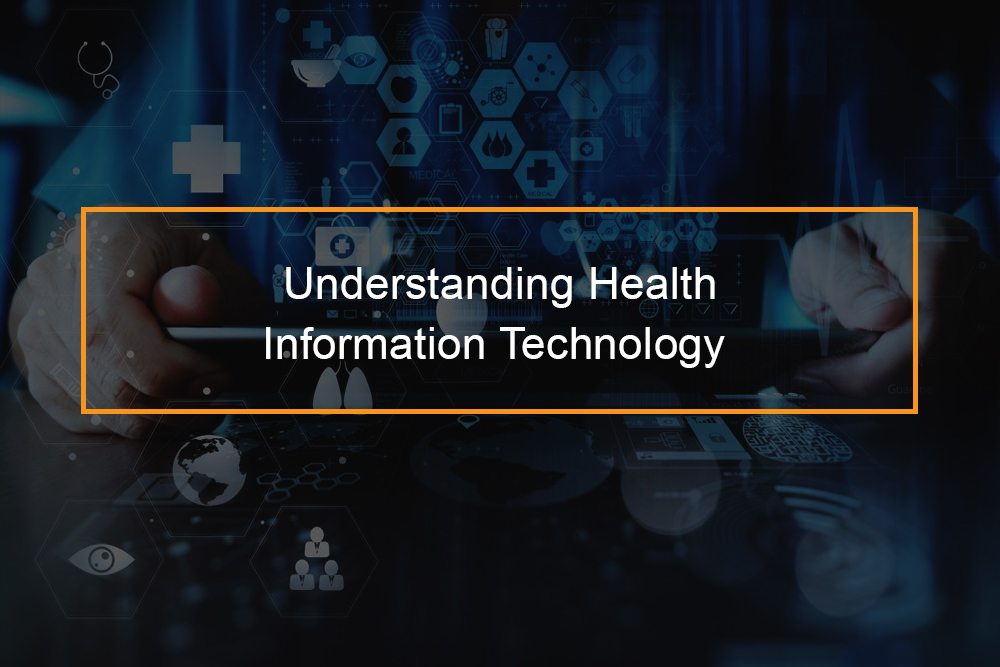
The average individual often does not think about healthcare software applications. They frequently don’t consider how it affects the medical industry as a whole either. But it has reinvented client care on a global scale. The use of these systems in health centers and practices have great results. Every year more doctors are taking actions to change the way their business handles their internal processes.
But selecting the right one for your practice can be complicated. There are several classifications of healthcare information technology (HIT) and with a number of these software sharing similar abilities, it’s difficult to distinguish one from the next. Here are the basics.
What is Health Information Technology?
A look at Health Information Technology
Before we start, let’s specify what HIT is. In the broadest sense, it is the use of information technology to healthcare. In other words, it is comprehensive management of information amongst consumers, clinicians, government, quality entities, and insurance providers.
Using health information technology improves the quality and efficiency of health care. It improves individual and public health and increases the accuracy of medical diagnoses. The software also minimizes expenses and mistakes, while enhancing the efficiency of both administrative and medical processes.
How Many Categories Are There?
There are three main classifications of healthcare information technology and four “subcategories.” You’ll find these present in both hospitals and doctor offices and are advantageous for all types of practices.
Practice Management
As the name suggests, practice management software application (PM) helps you handle different administrative and scientific elements of your practice. This software application centralizes different systems so you can run things more efficiently. It automates tasks that fit under the “health information management” umbrella.
PM software application removes tension and assists you enhance your time. The goal is to help you provide much better brief- and long-term client care, and with the proper system in location, you’ll go beyond expectations.
Electronic medical record (EMR)
These systems are one of the most popular medical software application classifications. EMRs ousted paper records by digitizing medical charting, making digital versions of charts and patient histories. These can also inform you when clients are due for preventive procedures and screenings. Also, EMRs help physicians deal with patients by looking at their history and comparing their health data versus previous entries.
EHR
Electronic health record (EHR) systems function a lot like EMRs, though the former is a more robust system total. EHRs enable you to check a patient’s history, medical diagnoses, treatments, medications, allergies, X-rays, test results and more. One significant difference to note is how each shares information. Data from EMRs can just be seen within one workplace while EHRs can share client data with other EHRs. If a patient is admitted to an emergency room, they can be effectively treated since various physicians will have access to their information.
The four subcategories of HIT
These systems often link with practice management software application to supply robust functions and better client care.
Patient Portal
Patient portals help individuals view the data in an EMR and EHR, consisting of client history, treatments, and medications. They can examine records or additional notes you leave for them, even when they aren’t in your office. These systems have increased in popularity among health centers and medical practices in recent years. Today’s customer anticipates more openness and ease of access than before, so it’s no wonder why websites are ending up being an industry standard.
Scheduling
Scheduling software often goes together with a client portal. You can direct clients to log into their account and schedule appointments when it’s convenient for them. Providing patients with the availability for managing their scheduling considerably lowers your phone traffic. Rather than calling whenever they want to make a visit, clients can go online through their mobile phone. In today’s digital age, many patients select this choice to manage scheduling by themselves. It may be the biggest advantage of simplifying a small however important process.
Medical Billing
Among the most time-consuming tasks for practices is managing all aspects of billing. It’s particularly true for busy health centers and practices when there is little time to spare for the majority of jobs. That’s where medical billing software steps in. This kind of system automates patient billing and filing insurance coverage claims. If there’s a problem such as a late payment, the system notifies you so you can act appropriately.
ePrescribing
Sending out prescriptions to pharmacies can be laborious when creating orders for several patients. To accelerate the procedure, doctor offices started using ePrescribing software. In simply a few clicks a prescription is sent out, filled and waiting for the patient when they get to the drug store. Additionally, ePrescribing systems prevent prescription mix-ups due to difficulty deciphering handwriting.
The system displays the prescription at the drugstore, ensuring patient safety by giving them the correct medicine. A research study by Decision Resources found that using ePrescribing software application has increased the prescribing of generic drugs. You’re able to keep better track of client records and supply more economical medication.
Implementing Health Information Technology
Although HIT use has many potential advantages, individuals and institutions have been sluggish to embrace the technology. In many cases, the problems are economically motivated. Even when the federal government offers monetary incentives, implementing HIT can be too pricey which is a turn off for suppliers.
Other times the problems are technical. One example of this takes place when companies attempt to interface various proprietary systems with health information technology consisting of laboratory or medication data. To pick and use HIT successfully, a company must be thorough in researching both present and suggested requirements. Regardless of preliminary troubles related to executing the program, the results are worth the risk and effort.
Information Technology and Medicine
Information technology has made substantial contributions to our world, particularly in the medical market. With the increased use of EMR, telehealth services, and mobile technologies like tablets and cellular phones, doctors and patients are both seeing the advantages that these new medical technologies are bringing.
Medical technology has progressed from introducing doctors to new devices to use inside private practices and health centers to linking patients and medical professionals countless miles away through telecommunications. It is not unusual today for clients to hold video conferences with physicians to conserve time and money normally invested in traveling to another geographical location or send out health information instantaneously to any professional or medical professionals worldwide.
With more and more hospitals and practices utilizing medical technology like mobile phones on the job, doctors can now have access to any information they need; from drug information, research and research studies, patient history or records, and more, within seconds. And, with the capability to effortlessly carry mobile devices around with them throughout the day, they are never far from the information they require. Applications that aid in recognizing possible health risks and checking digital information like X-rays and CT scans also add to the benefits that information technology gives medicine.
Medical Equipment Technology
Improving quality of life is among the primary benefits of incorporating brand-new innovations into medicine. Medical technologies like minimally-invasive surgical treatments, better tracking systems, and more comfortable scanning devices are allowing patients to invest less time in healing and more time delighting in a healthy life.
The integration of medical devices technology and telehealth has also produced robotic surgeries, where in some cases, doctors do not even need to be in the operating space with a patient when the operation is carried out. Instead, surgeons can operate on them “online,” and patients can have the procedure done in a medical facility or center close to their hometown, reducing the hassles and stress of health-related travel. With other robotic surgeries, the surgeon while still in the room operates the robotic gadgets, but the technology enables for a minimally-invasive procedure that leaves patients with less scarring and significantly less healing time.
Technology and Medical Research
Medical researchers and doctors are continuously researching and testing new procedures to help prevent, diagnose, and remedy diseases as well as establishing new drugs and medications that can lessen symptoms or treat ailments. By using technology in medical research, scientists could take a look at illness on a cellular level and produce antibodies against them. These vaccines for dangerous diseases like malaria, polio, MMR, and avoid the spread of disease and save countless lives all around the globe. In reality, the World Health Organization approximates that vaccines save about 3 million lives per year, and prevent millions of others from contracting fatal viruses and diseases.
Medical Technology and The Law
As technology worldwide of healthcare continues to evolve, rules and policies concerning its usage need to be developed and adjusted to adapt to the brand-new ways of delivering care. HIPAA and its Privacy and Security Act regulations target the issues about the privacy of client information and the steps taken to keep privacy in our digital world. Medical service providers and health care administration must be careful when choosing to implement new products and technologies into their services and must guarantee that all innovations are “HIPAA certified” before investing in their application. Other efforts, like the 2010 Health Care Reform costs, declare the actions that need to be taken by healthcare facilities and other care suppliers to incorporate medical technology into their practices.
Technological innovations in the health care market continue to provide physicians with new ways to improve the status of care given to their patients and enhance the state of global health care. Through technology’s integration with areas like disease prevention, surgeries, better access to information, and medical telecommunications, the pharmaceutical market and patients worldwide continue to benefit.
Top Medical Technology Innovations
The leading innovation in medical technology
Payer-Provider Analytics software
Obscuring the lines between Insurance Companies and Physician Practices
Several providers are currently offering health care companies claims data, analytics, and tools to help make better choices on which companies are “better suited” based on quantitative data, not “Yelp reviews.”
It all comes down to top quality data, and who has it.
For example, it is used in a health care organizer’s workflow when a client has to be moved to a professional after an initial screening at a PCP or insurance company. The organizer at the point of care has complete access to their recommendation network, service provider associations (in-network status), accepted insurances, proximity to the client, the experience of the doctor, and even ranks the expert on a scale of 1 to 100.
The True Cost of Patient Leakage
More than 200,000 medical practitioners in the U.S. are now employees, and 3 in 4 medical citizens will begin their careers as employees of a medical group, hospital or professors. As health care organizations continue to combine and develop bigger networks, much better collaboration between primary care and experts is crucial.
With just 35% to 45% of referrals for adult inpatient care, as determined by revenue, go to a partner healthcare facility. This results in over $90M in profits lost for every single 100 employed doctors because care teams do not have accurate information about their specialty care network.
When patients get out-of-network care
The capability to collaborate care is considerably reduced, which in turn can undermine client results and population health management attempts. It can lose both clinical and financial control of the patient’s care. For instance, an out-of-network physician may order tests and treatments that do not align with evidence-based best practices. Regardless, the moms and dad network is still responsible for the cost. In this case, the patient leak can considerably increase the expense of care.
Artificial Intelligence
While appealing, AI is still in its infancy, but is a guarantee for patients today that want to set up doctor appointments based upon the severity of the symptoms, minimize staffing challenges, keep track of the health status and informing a human nurse immediately of any problems, help homecare assistants remain informed about clients’ progression.
Here are a couple of applications that are doing a fantastic job.
Cerebro
AI for Nurse Staffing, Day and night, hospitals need high-quality clinical personnel for their patients. To satisfy their needs, medical facilities progressively rely on inefficient, insufficient staffing agencies. The firms seldom find all of the necessary staff or only after a long delay. At the same time, companies treat themselves to high margins rather than rewarding the clinicians’ important work.
Cerebro offers an option: a quicker, responsive health care labor market, one that links healthcare centers with verified, ready-to-work clinicians. Specifically, Cerebro provides critical care centers:
- Faster fill times. Medical practitioners on the Cerebro platform use a mobile app which allows them to find and request shifts. It’s quick and easy. The app also uses AI to alert clinicians of brand-new projects that are a good fit.
- Greater fill rates. Clinicians on Cerebro can anticipate paying up to 30% more than with staffing firms because Cerebro takes a smaller commission than official agencies. For this reason, Cerebro can bring in a bigger pool of gifted clinicians.
- Staffing versatility. Cerebro does not need minimum agreement times. Health centers find the personnel they need when they need it; clinicians work the hours they desire when they want.
The majority of us are used to speaking with our phones utilizing Siri about the latest sports ratings, or Alexa to turn on music, but how comfortable are we discussing personal medical concerns with chat-bots that may not have all the data in their database. Here are more companies that come to mind.
Kore.ai
Offers wise bots for healthcare facilities. The digital assistant can connect clients to the right contacts directly, give consultation details or make any changes. It lets the clients quickly fill up prescriptions or make payments. It provides laboratory, test or treatment results or recommended next actions.
Safedrugbot
Embodies a chat messaging service that provides assistant-like support to health experts, doctors who require suitable information about making use of drugs during breastfeeding.
Izzy
Helps females track their period and serves as a birth control pill tip.
Blockchain for Healthcare
You have probably become aware of Bitcoin and its explosive development from $.08 in 2009 to nearly $20,000 in 2017. It utilizes the blockchain technology to exchange information with others.
So what is blockchain you may ask?
Effectively a blockchain is a type of independent, transparent, and long-term database coexisting in several locations and shared by a neighborhood. This is why it’s sometimes described as a mutual distributed ledger (MDL) versus a single client-server database where one administrator controls the access credentials.
So how does it apply to healthcare?
The end goal is a decentralized record system using blockchain independent of EMR’s controlling the data. But as we know this will not occur until a federal government mandate or EMRs opening up their data silos.
Internet of Medical Things (IoMT)
IoMT, or Healthcare IoT, refers to a connected network of medical devices and software application uses that can interact with different health care IT systems. For instance, this can be thought of as somebody who uses a FitBit to track his/her steps; that action count is tabulated on an iPhone by means of Bluetooth technology, and after that information can be shared with a physician to offer feedback via Wi-Fi connection and automated reporting information, and it can also send that information to your closest family and friends.
What are the risks of IoMT?
The highest risk associated IoMT is the difficulty in penetrating the healthcare market and altering the way disease is dealt with. There is a limit for the speed at which anybody can perform on delivering these ingenious solutions to a population and market that so frantically need change.
What are the advantages of IoMT?
The benefits of IoMT are vast, and more benefits can be found as we continue to grow our competence in this area as a market. Here are some:
- Goal reporting: Because the devices can tape and report on actual activity at the level of the tissue system, we no longer need to rely solely on subjective client reports of “how they are feeling”; instead, we have an accurate assessment of the illness development and client therapy effectiveness as reported by the gadgets.
- Remote tracking: Increased client accountability as the healthcare provider will have a “transcript” so to speak of actual client therapy compliance rather than depending on the accuracy of the patient summary.
- Local activity recording: Device recording abilities permit the collection data that we were unable to access. This data will greatly advance our understanding of the mechanisms of persistent illnesses. And if we understand the disease better, we will improve on prevention and treatment.
- Automation: The automation of gadget and treatment records reduces human error or fraudulent reporting within hospitals and sub-acute care facilities.
- Accuracy in medication: medication can be given in better doses to reduce undesirable adverse effects. When you take a tablet, for the most part, that tablet is metabolized in some way and then distributed systematically throughout your body no matter its intended target. While there are many ways to decrease these drug-related side effects, the level of precision we can accomplish with devices that can guide stimulation to a specific target is of a much greater degree.
- Flexibility: Because our systems are developed on a feedback loop, the system iterates on that feedback and adjusts for improved client outcomes.
Cutting Back on Melanoma Biopsies
With the most fatal kind of skin cancer, cancer malignancy, a substantial number of dangerous-looking moles are harmless; however, it has been difficult to ascertain without an invasive biopsy. Today dermatologists have help in making the right call, a handheld tool approved by the FDA for multispectral analysis of tissue morphology known as the MelaFind optical scanner. It is not for definitive diagnosis but rather to provide additional information a medical professional can use in determining whether to get a biopsy. The aim is to decrease the number of patients unnecessary biopsies, with the added benefit of getting rid of the cost of unnecessary procedures. The MelaFind technology (MELA Sciences, Irvington, NY) utilizes rocket navigation innovations initially developed for the Department of Defense to scan the surface of a suspicious lesion at ten electromagnetic wavelengths. The collected signals are processed using durable algorithms and matched versus a computer registry of 10,000 digital pictures of cancer malignancy and skin illness.
Electronic Aspirin
For individuals who struggle with migraines, cluster headaches, and other causes of a chronic, unbearable head or facial discomfort, the “take two aspirin and call me in the morning” approach is useless. Medical professionals have long associated the most serious, persistent types of headaches with the sphenopalatine ganglion (SPG), a facial nerve bundle, however, haven’t yet found a treatment that works on the SPG long-term. A technology under medical research at Autonomic Technologies, Inc., (Redwood City, CA) is a patient-powered tool for obstructing SPG signals at the very first sign of a headache. The system includes the permanent implantation of a little nerve stimulating gadget in the upper gum on the side of the head typically affected by a headache. The lead tip of the implant gets in touch with the SPG bundle, and when a patient senses a headache, she or he positions a portable remote controller on the cheek nearest the implant. The resulting signals promote the SPG nerves and block the pain-causing neurotransmitters.
Needle-Free Diabetes Care
Diabetes self-care is a pain. It consistently requires drawing blood for glucose screening, the need for daily insulin shots and the increased danger of infection from all that poking. Constant glucose monitors and insulin pumps are today’s best options for automating most of the complicated everyday procedure of blood glucose management, but they don’t eliminate the necessity for skin pricks and shots. However, there’s a new player in this game, Echo Therapeutics (Philadelphia, PA) is developing technologies that would change the poke with a spot. They are working on a transdermic biosensor that checks blood analytes through the skin without drawing blood. The technology involves a portable electric-toothbrush-like device that removes enough top-layer skin cells to put the patient’s blood chemistry inside the signal series of a patch-like biosensor. It collects one reading per minute and sends the data wirelessly to a remote screen, setting off audible alarms when levels exceed the patient’s optimal levels and tracking glucose levels in time.
Robotic Check-Up
A pillar of health reform is enhancing access to the best health care for more people. Technology is an economical and significantly potent method to link clinics in the vast and clinically underserved rural regions of the country, with big city medical centers and their specialists. Telemedicine is well developed as a tool for triage and evaluation in emergency situations; however, new medical robots go a step further, they can now patrol medical facility hallways on more routine rounds, checking on clients in different rooms and handling their specific charts and important signs without direct human intervention. The RP-VITA Remote Presence Robot developed jointly by iRobot Corp. and InTouch Health is the very first self-governing navigation remote-presence robotic to get FDA clearance for medical facility usage. The gadget is a mobile cart with a two-way video screen and medical monitoring equipment, programmed to navigate through the hectic halls of a health center.
Heart Valve treatment
The Sapien transcatheter aortic valve is an option to open-heart surgery for patients who need a new valve, however, can’t withstand the difficulties of the operation. Made by Edwards LifeSciences (Irvine, CA), the Sapien has been available in Europe for some time but is just now finding its first use in U.S. heart centers where it is limited only to the frailest clients so far. The valve is guided through the femoral artery by a catheter from a small cut near the rib cage. The valve material is made from bovine tissue attached to a stainless-steel stent, which is broadened by pumping up a small balloon when correctly positioned in the valve area. A simpler procedure that assures dramatically much shorter hospitalizations is bound to have a favorable effect on the expense of care.

